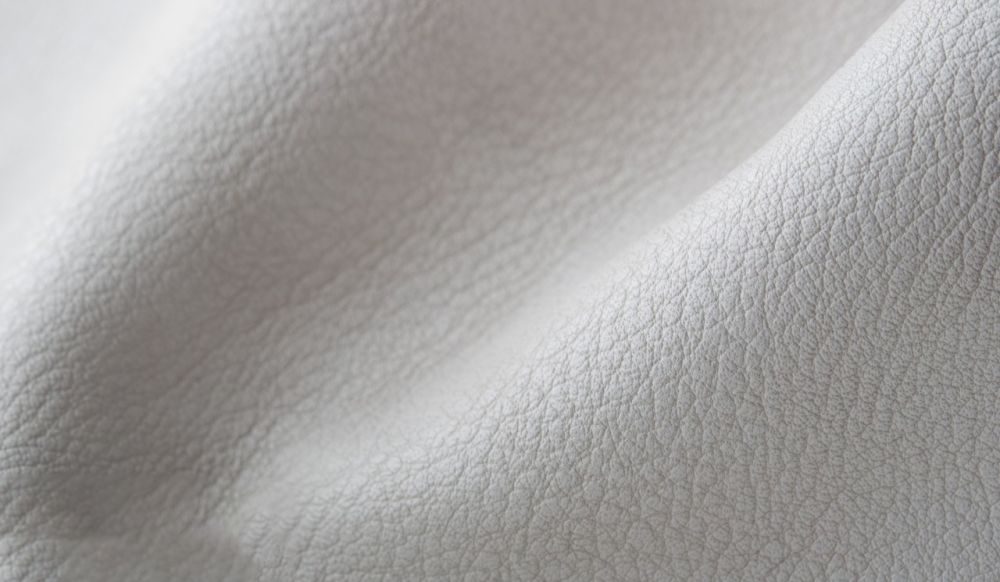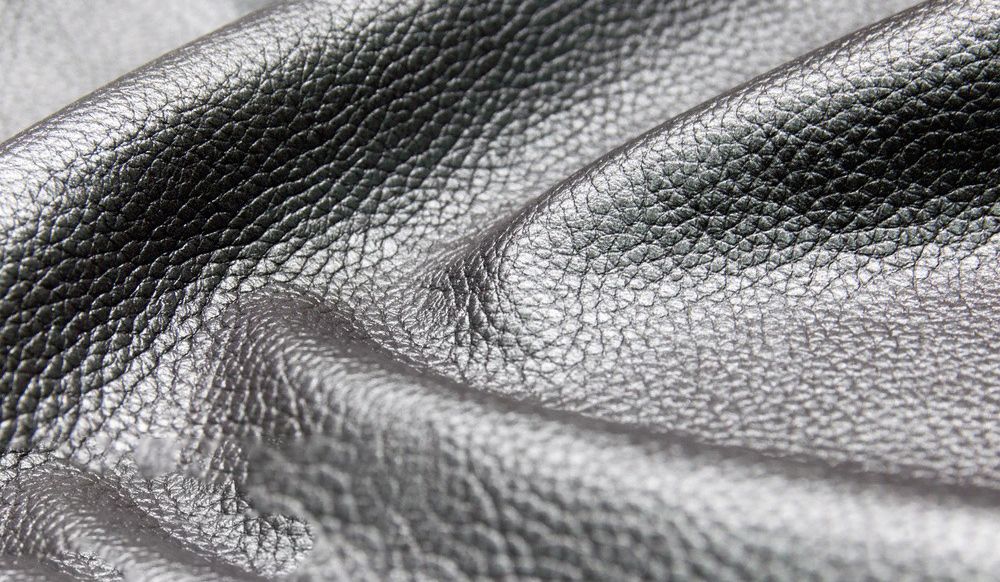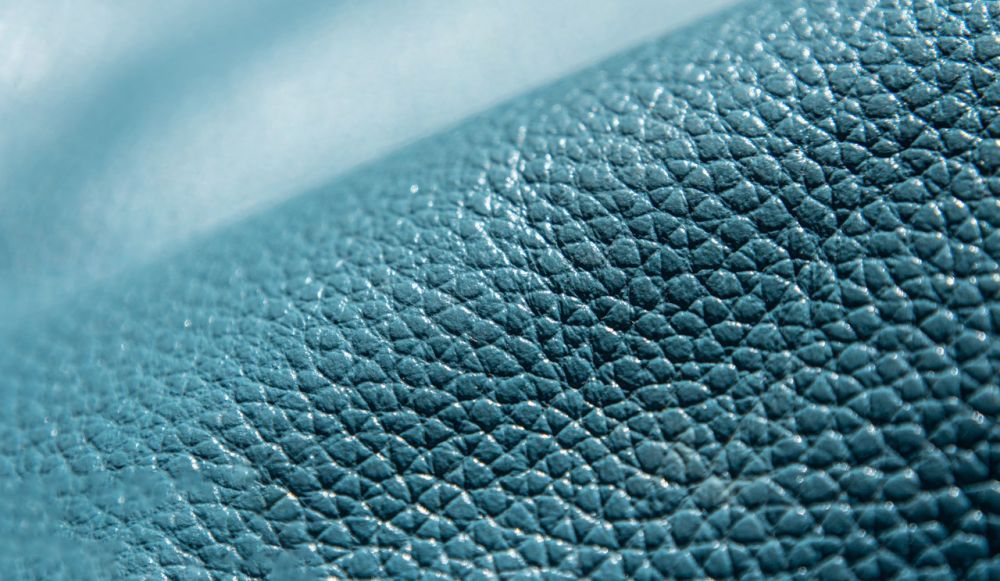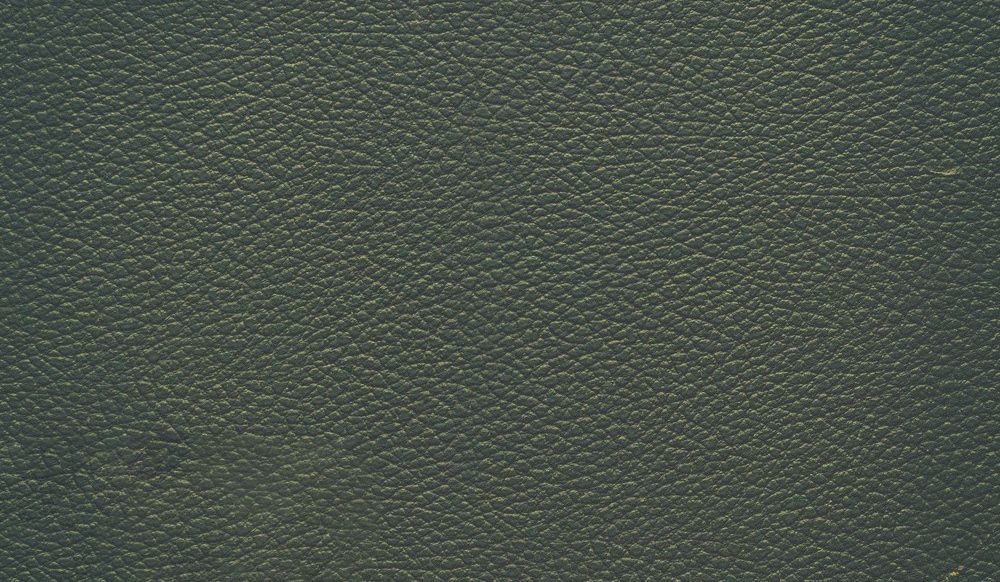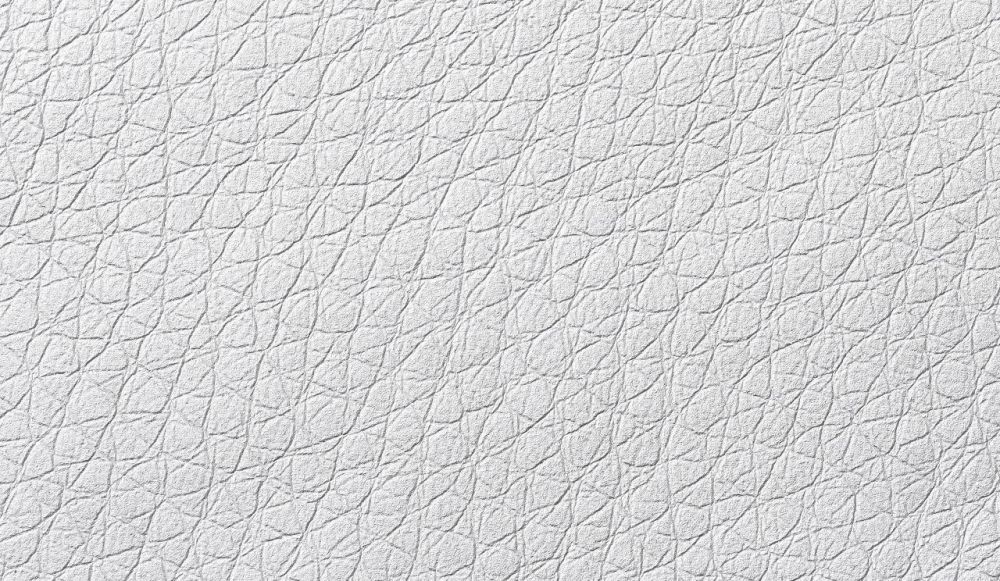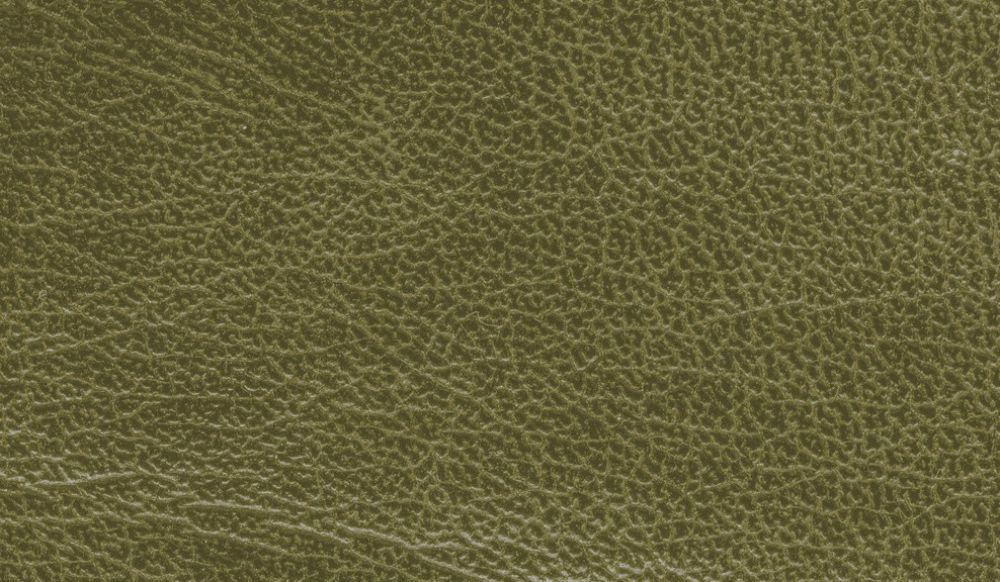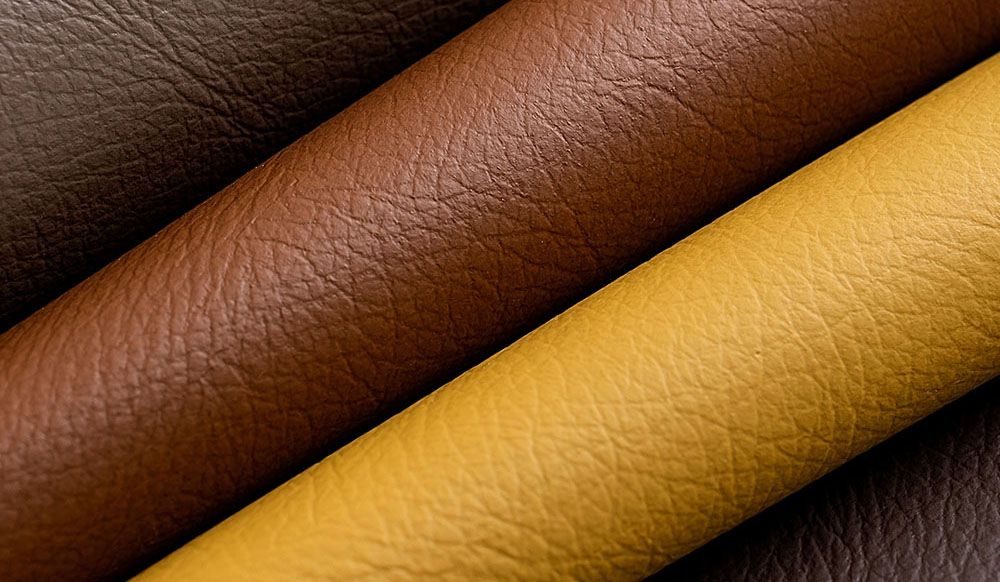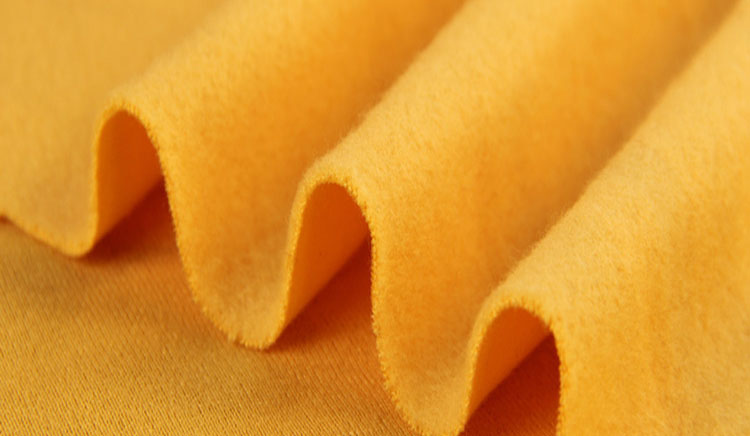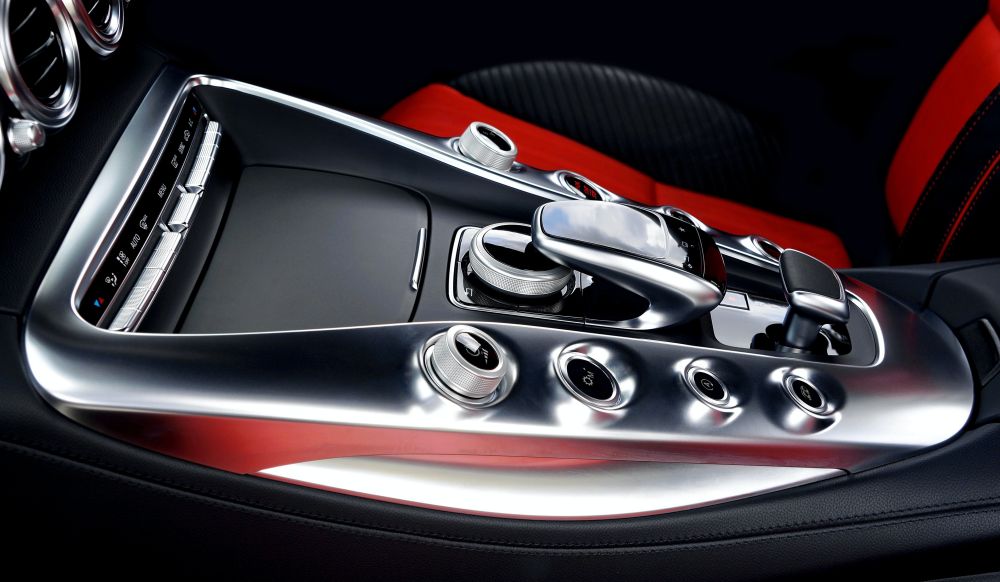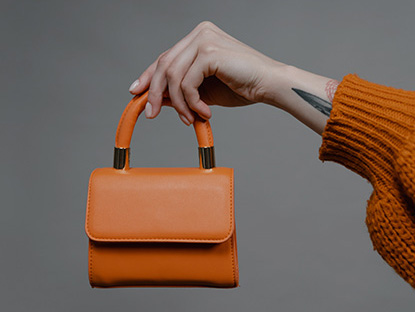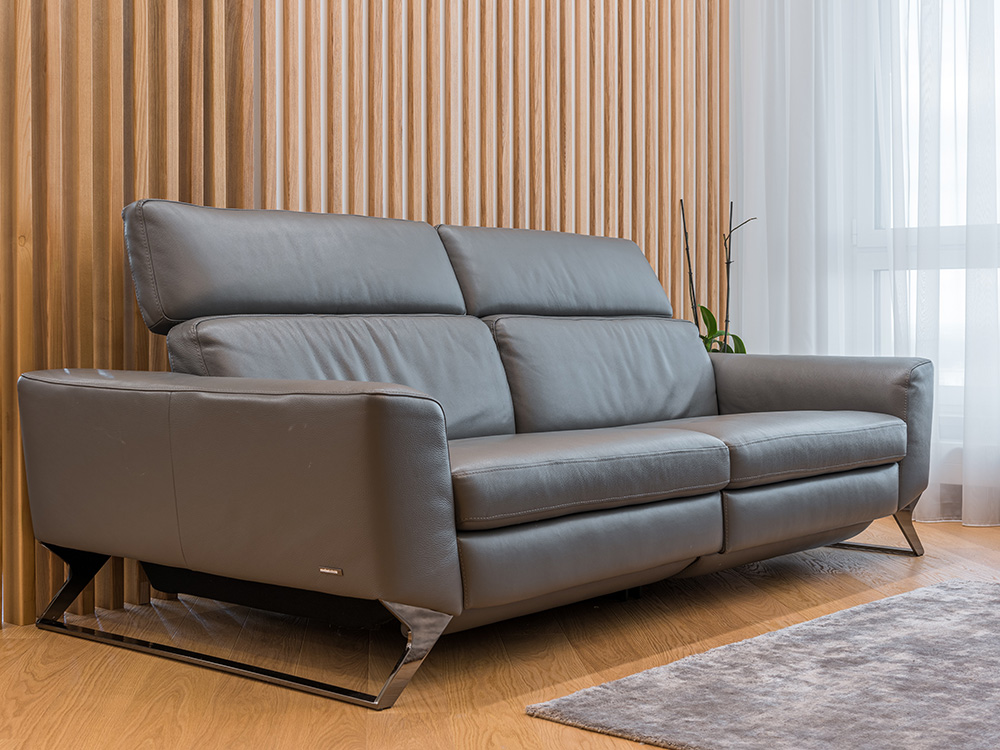
Detail
Si-TPV silicone vegan leather products are made from dynamic vulcanized thermoplastic silicone-based elastomers. Our Si-TPV silicone fabric leather can be laminated with a variety of substrates using high-memory adhesives. Unlike other types of synthetic leather, this silicone vegan leather integrates the advantages of traditional leather in terms of appearance, scent, touch, and eco-friendliness, while also providing various OEM and ODM options that give designers unlimited creative freedom.
Key benefits of the Si-TPV silicone vegan leather series include a long-lasting, skin-friendly soft touch and an appealing aesthetic, featuring stain resistance, cleanliness, durability, color personalization, and design flexibility. With no DMF or plasticizers used, this Si-TPV silicone vegan leather is PVC-free vegan leather. It is ultra-low VOCs and offers superior wear and scratch resistance, No need to worry about peeling the leather surface, as well as excellent resistance to heat, cold, UV, and hydrolysis. This effectively prevents aging, ensuring a non-tacky, comfortable touch even in extreme temperatures.
Material Composition
Surface: 100% Si-TPV, leather grain, smooth or patterns custom, soft and tunable elasticity tactile.
Color: can be customized to customers' color requirements various colors, high colorfastness does not fade.
Backing: polyester, knitted, nonwoven, woven, or by customer’s requirements.
- Width: can be customized
- Thickness: can be customized
- Weight: can be customized
Key Benefits
- High-end luxury visual and tactile look
- Soft comfortable skin-friendly touch
- Thermostable and cold resistance
- Without cracking or peeling
- Hydrolysis resistance
- Abrasion resistance
- Scratch resistance
- Ultra-low VOCs
- Aging resistance
- Stain resistance
- Easy to clean
- Good elasticity
- Colorfastness
- Antimicrobial
- Over-molding
- UV stability
- non-toxicity
- Waterproof
- Eco-friendly
- Low carbon
Durability Sustainability
- Advanced solvent-free technology, no plasticizer.
- OEM VOC compliance: 100% free of PVC and PU & BPA FREE, odorless.
- Environmental protection and recyclable.
Application
Animal-Friendly Si-TPV silicone vegan leather is silicone upholstery fabric, as automotive interior leather seat upholstery raw material, compared to genuine leather PVC leather, PU leather, other artificial leather, and synthetic leather, this upholstery leather material provides sustainable choices for an abundance of automobile interior parts, ranging from the cockpit modules, instrument panels, steering wheel, door panels, and handle to the car seats and other interior surfaces, etc.
Si-TPV silicone vegan leather has no adhesion or bonding issues with other materials, easy to bond with other automotive interior parts.
Solutions:
How to achieve comfort, and luxurious automotive interiors?—The Future of Sustainable Car Design…
Automotive Interiors Leather Upholstery Market Demand
To create sustainable and luxurious automotive interiors, modern automotive Interior Materials materials must meet various demands, including strength, performance, aesthetics, comfort, safety, price, environmental protection, and energy efficiency.
While the discharge of volatile matter from the interior automotive materials is the most direct and the most important reason for environmental pollution of the interior of the vehicle. Leather, as a component material of interior in automotive applications, has a significant impact on the appearance, haptic sensation, safety, smell, and environmental protection of the whole vehicle.
Common Types of Leather Used in Automotive Interiors
1. Genuine Leather
Genuine leather is a traditional material that has evolved in production techniques while still relying on animal hides, primarily from cattle and sheep. It is classified into full-grain leather, split leather, and synthetic leather.
Advantages: Excellent breathability, durability, and comfort. It is also less flammable than many synthetic materials, making it suitable for low-flame applications.
Drawbacks: High cost, strong odor, susceptibility to bacterial growth, and challenging maintenance. Despite these issues, genuine leather holds a significant market position in high-end automotive interiors.
2. PVC Artificial Leather and PU Synthetic Leather
PVC artificial leather is made by coating fabric with PVC, while PU synthetic leather is produced by coating with PU resin.
Advantages: Comfortable feel similar to genuine leather, high mechanical strength, a variety of colors and patterns, and good flame retardancy.
Drawbacks: Poor breathability and moisture permeability. The production processes for conventional PU leather raise environmental concerns, limiting their use in automotive interiors.
3. Technical Fabric
Technical fabric resembles leather but is essentially a textile made primarily of polyester.
Advantages: Good breathability, high comfort, and durability, with a leather-like texture and color.
Drawbacks: High cost, limited repair options, easy to get dirty, and potential color change after washing. Its adoption rate in automotive interiors remains relatively low.










